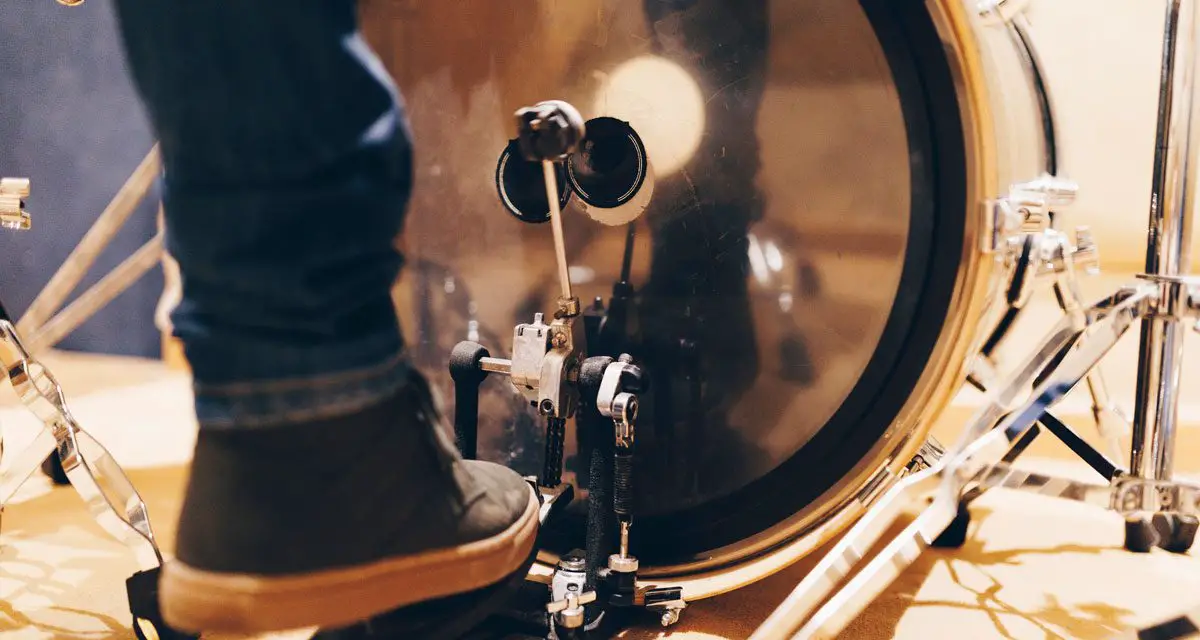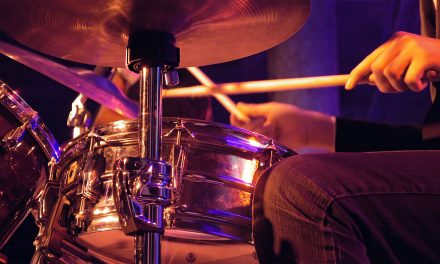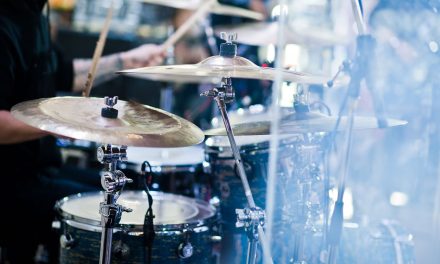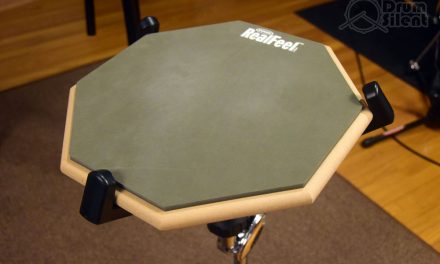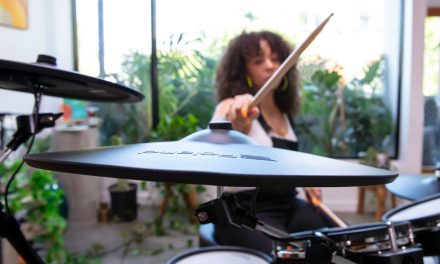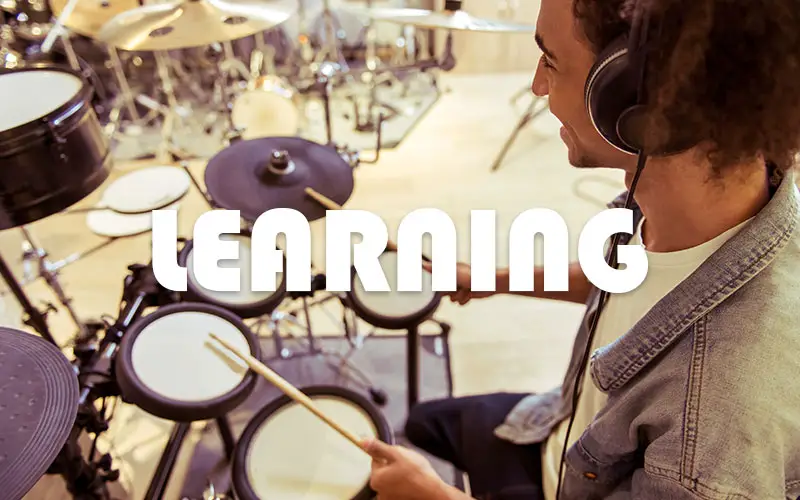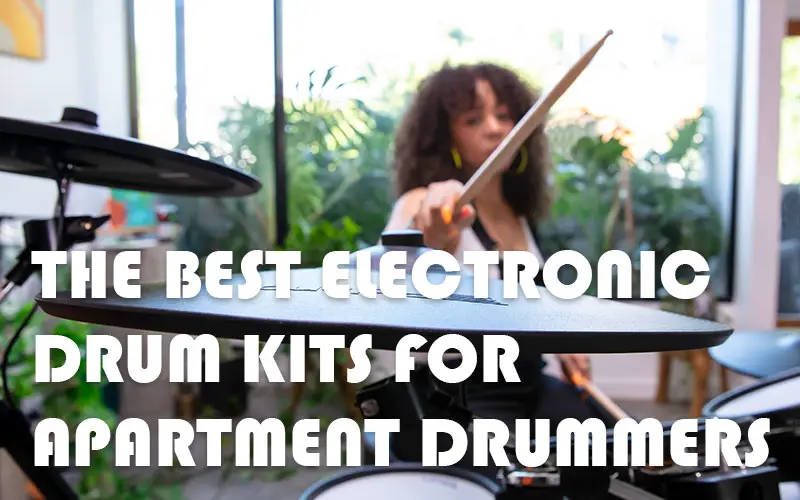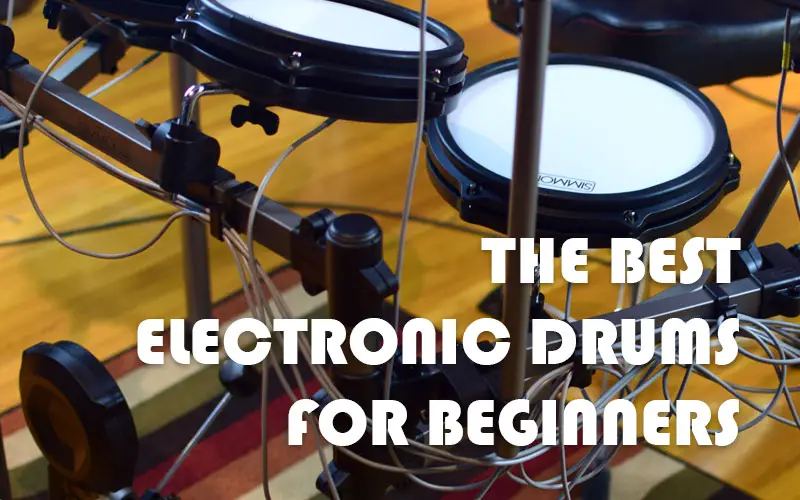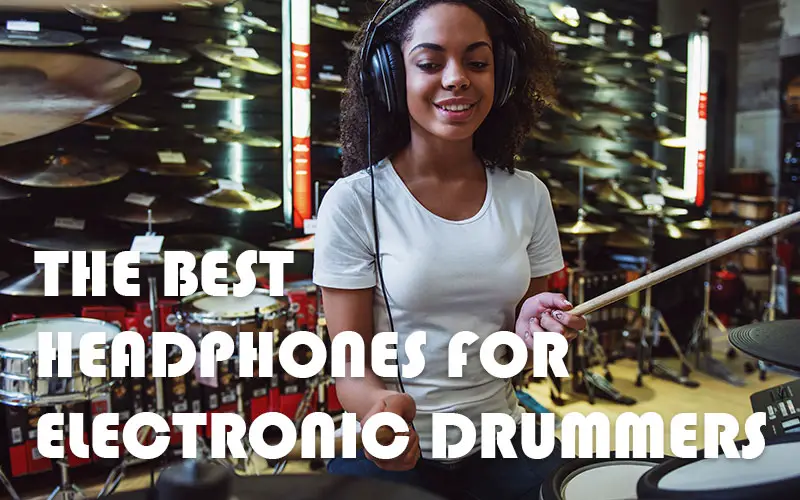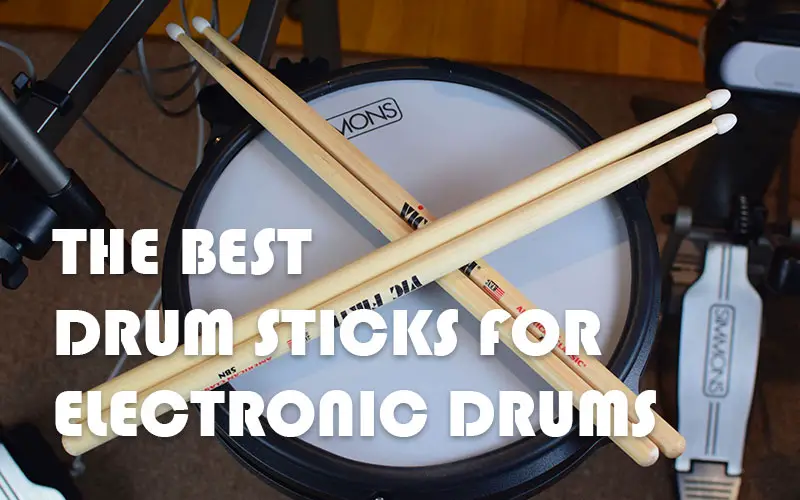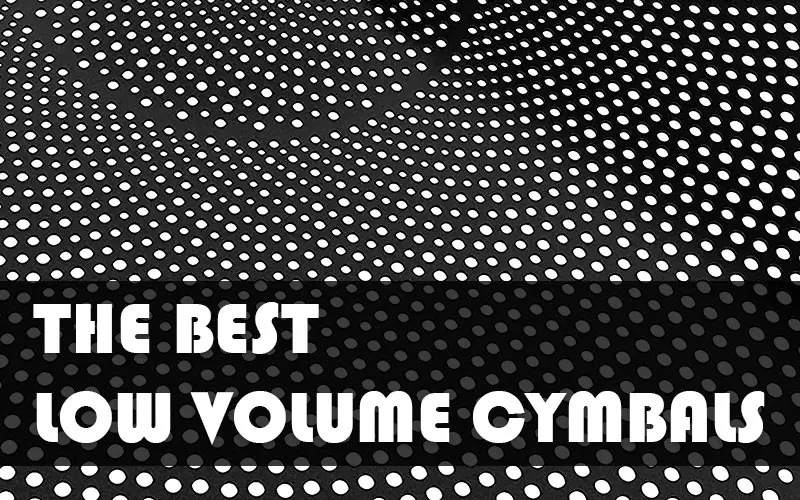There are quite a few excellent single bass drum pedals on the market for less than $200. This price range gets you out of the extreme budget types of pedals without getting overly expensive. There’s a nice mix of pedals with varying features and advantages to be found here. Let’s take a look at some of our favorites in this price range.
Tama HP30 Single Bass Pedal
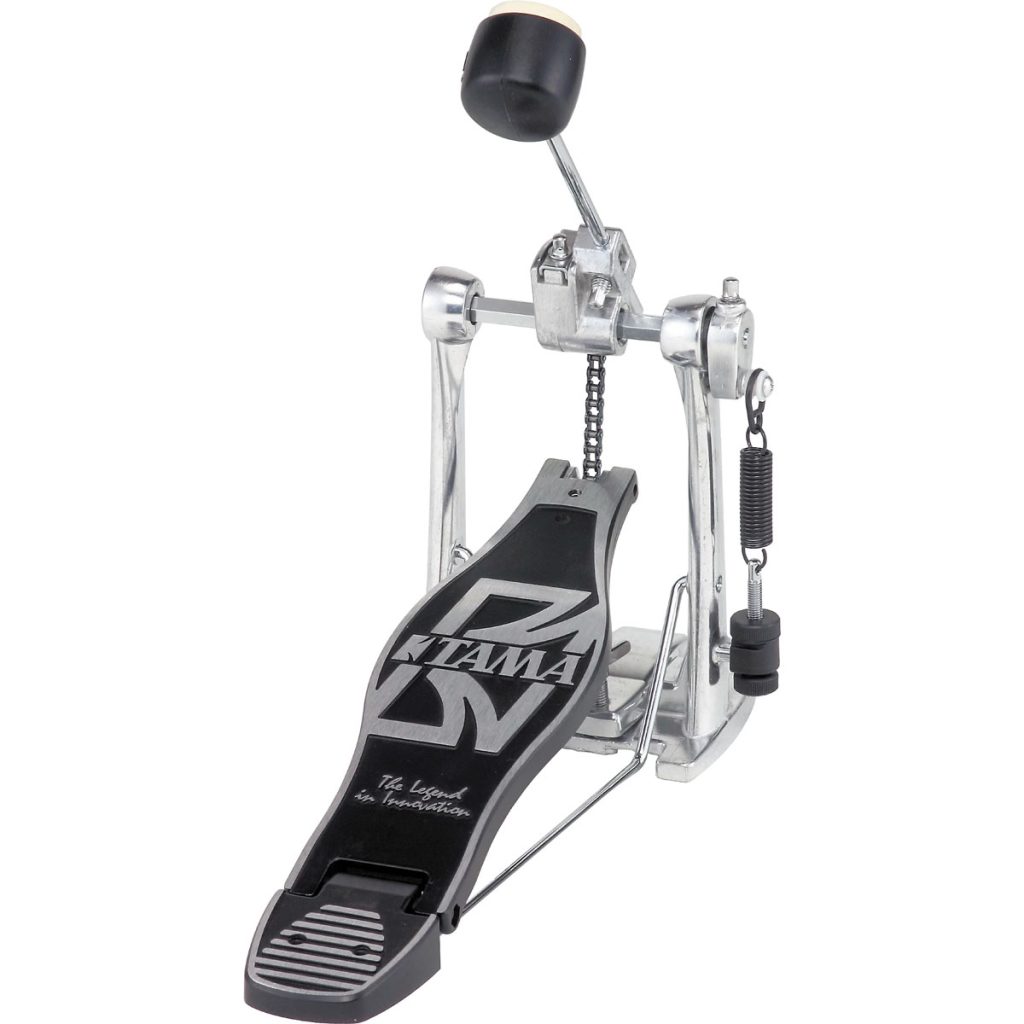
The Tama HP30 is the cheapest pedal you can find from Tama, and it’s a good pedal for it’s price. This pedal doesn’t have a solid base plate, but the design allows it to fold up easily for transport. The beater angle can be adjusted which is nice at this price point, and adjusting the beater angle also raises or lowers the foot board. This pedal has decent power and smooth feel with it’s Powerglide cam and single chain drive. The Powerglide cam is found on more expensive Iron Cobra pedals so it’s nice to see it used on this one. It comes with a double sided beater with both felt and hard beater options. It also has a tension spring lock. This pedal doesn’t have spurs, so keep that in mind if you require spurs.
Tama Iron Cobra 200 Single Bass Pedal
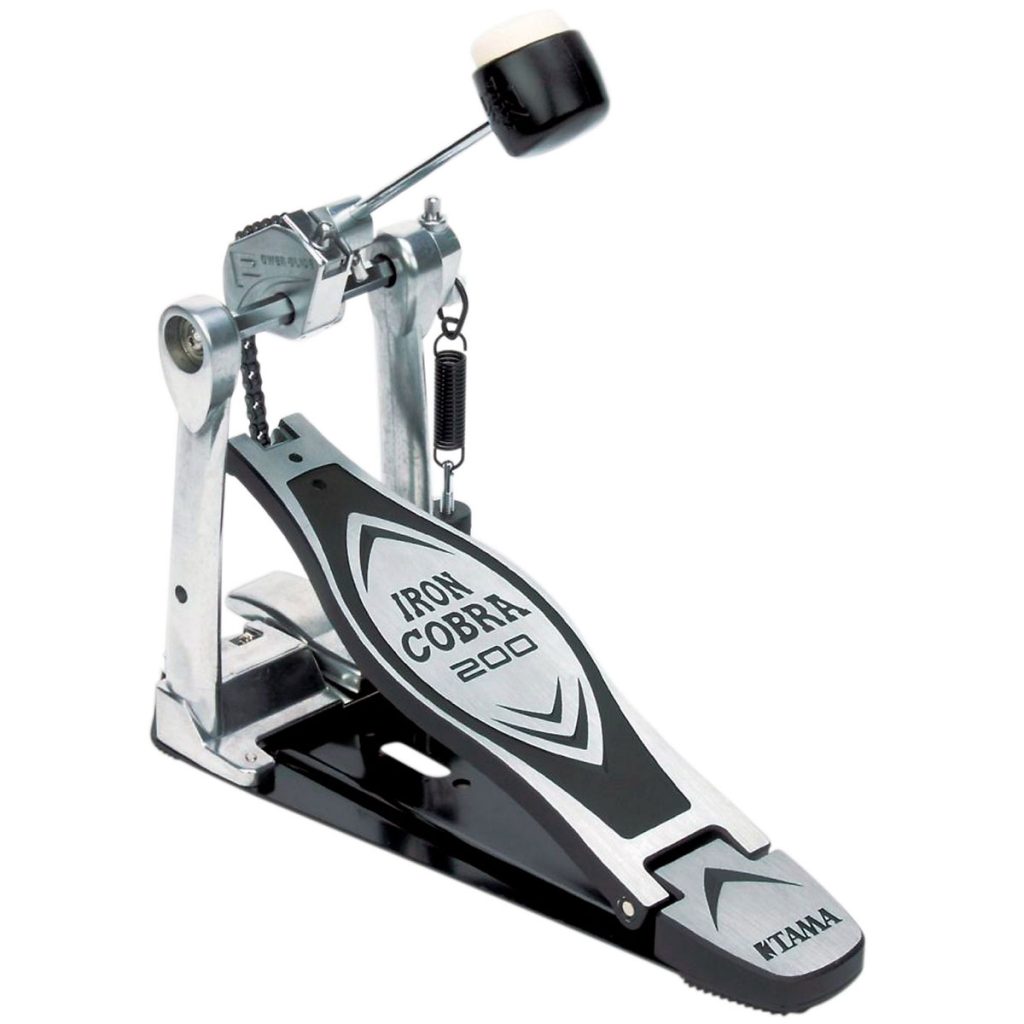
The Tama Iron Cobra 200 is the cheapest Iron Cobra pedal you can get. This one features a solid base plate, which provides good stability. This pedal has the Powerglide cam that is found more expensive Iron Cobra pedals along with a single chain drive. The Powerglide cam provides more power and acceleration. The beater angle can be adjusted, which also changes the height of the foot board. You can upgrade this pedal and add the Cobra Coil, which is a spring that sits under the pedal board for quicker pedal return. It has a reversible beater with felt and hard surfaces. It also has a spring tension lock. This pedal doesn’t have spurs. For it’s price this is a solid option from Tama and it’s a great way to get into Iron Cobra pedals on a budget.
DW 2000 Series Single Bass Pedal
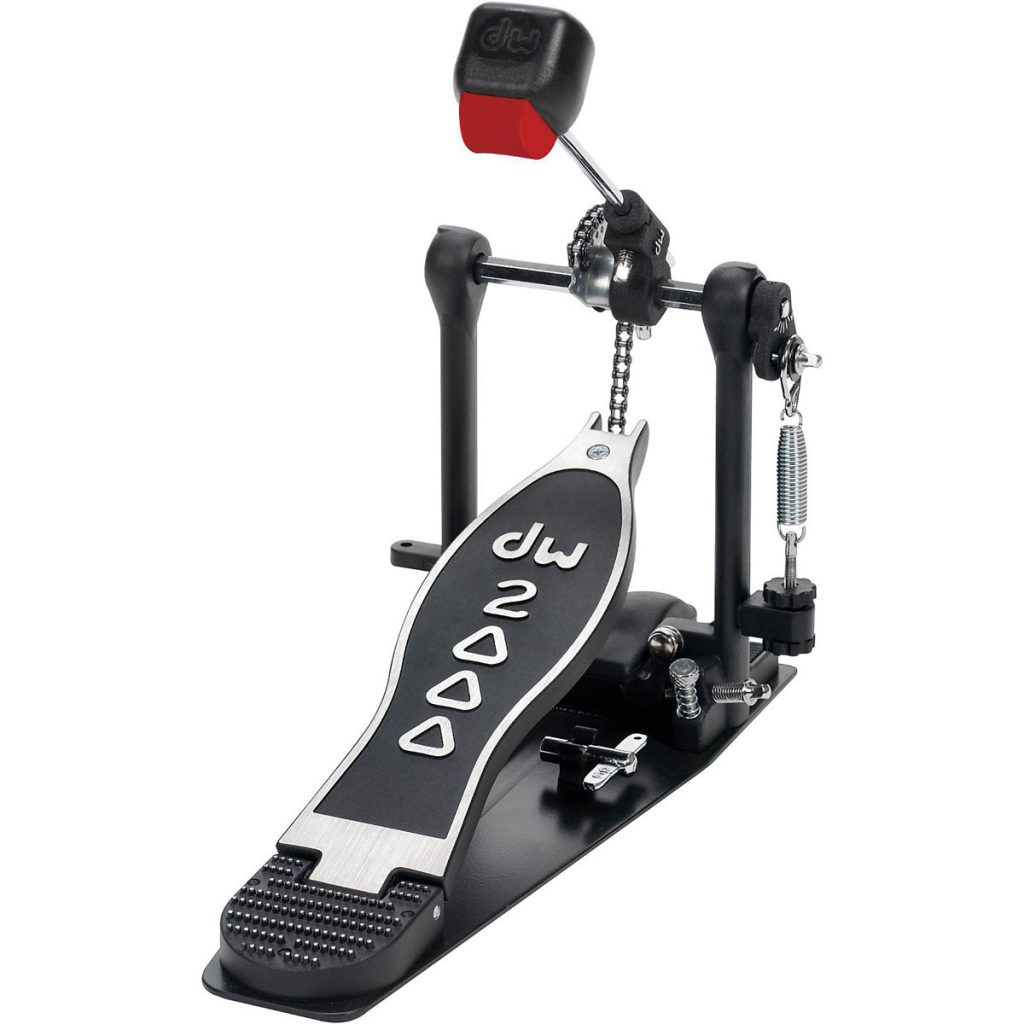
The DW 2000 Series pedal from Drum Workshop is their entry level pedal but it doesn’t feel like an overly cheap pedal which is great. This one has a steel base plate for stability along with spurs to keep it from sliding. This pedal has an offset, circular cam that helps provide a little more power along with a single chain drive. The beater angle can be adjusted and adjusting the the angle beater also raises or lowers the foot board. There is a spring tension lock. It comes with a reversible beater with both felt and hard surfaces. It also has a drum key on board which comes in handy for making adjustments, and you’ll also need the key to tighten the toe clamp. This is a good way to get into DW pedals on a small budget.
Mapex Mars Series P600 Single Bass Pedal
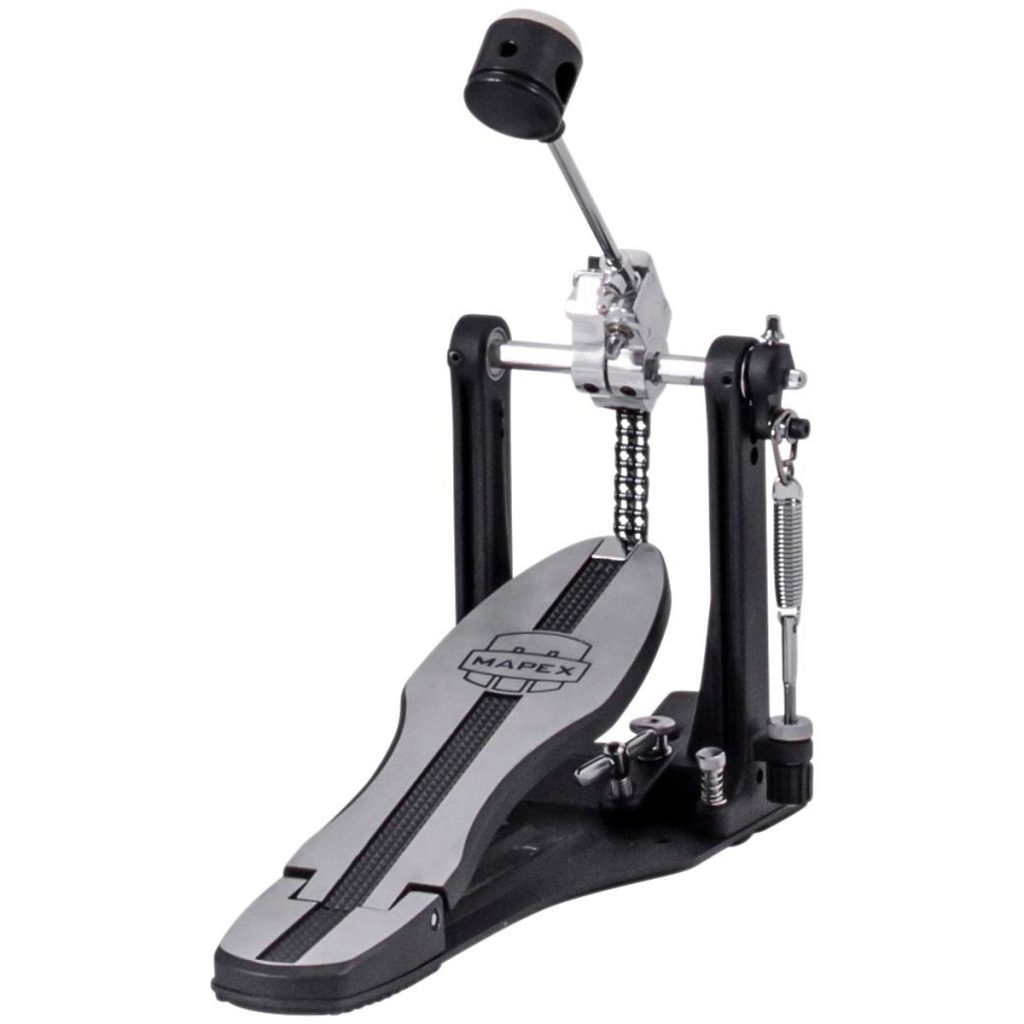
The Mapex Mars Series P600 pedal offers a nice set of features for it’s price. It’s one of the rare pedals in this price range that has a dual chain drive along with a linear cam. It has a slightly extended foot board for good response during play. The solid base gives it good stability and the base is a little smaller in profile than other similar pedals, and there are spurs to help keep it in place. The beater angle can be adjusted, which also changes the height of the foot board. The reversible beater has a felt and solid surface option. The spring tension can be locked into place. This is a good pick for drummers who want a dual chain drive pedal for a budget price.
Sonor 2000 Series Single Bass Pedal
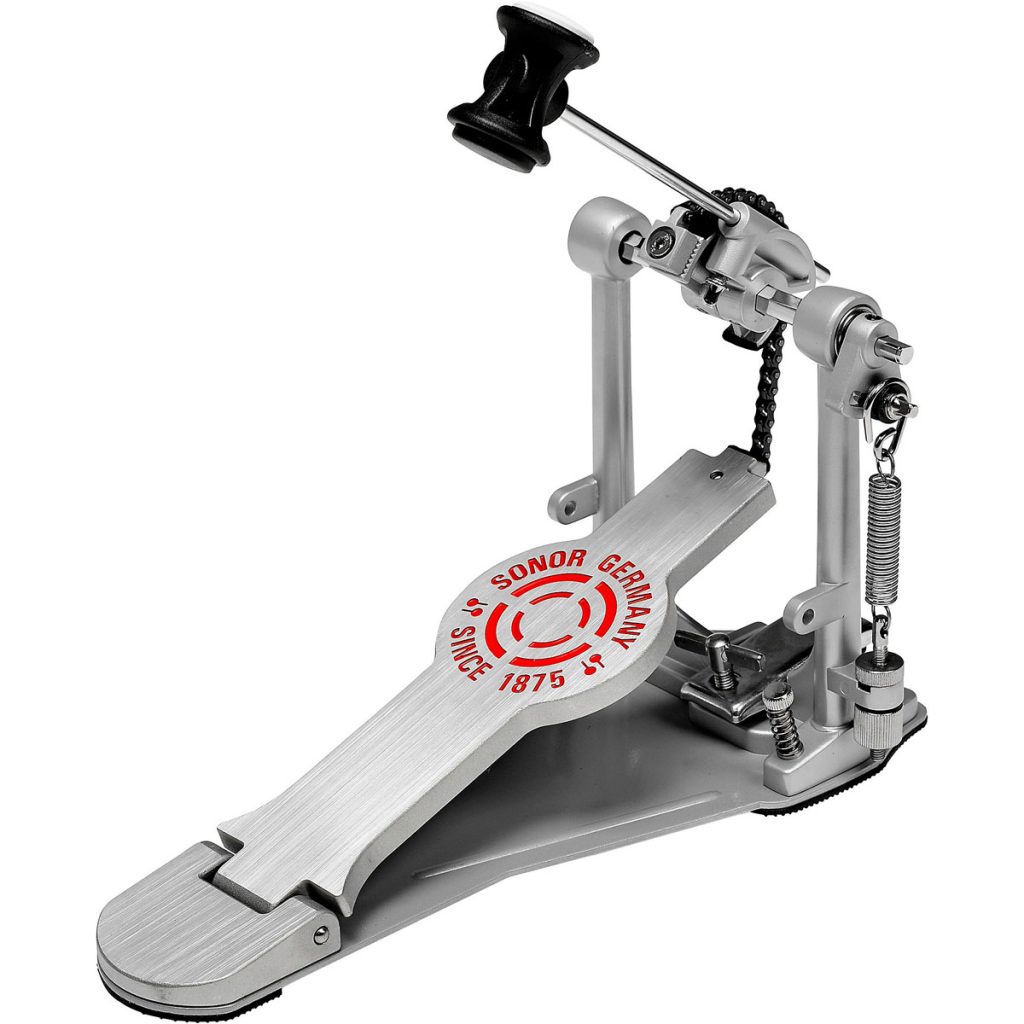
The 2000 Series pedal from Sonor is an affordable option with really good build quality for it’s price. It has a solid base plate for sturdiness, and there are spurs to keep it from slipping. It has a linear cam with a single chain drive. The beater angle is adjustable which also changes the height of the foot board. The springs are known for being very quiet on this pedal which is great, and the spring tension can be locked. There is also an extra support bar just beneath the rocker shaft for extra stability. It comes with a double side beater with felt and hard surface options. This pedal has a little heavier yet very smooth feel.
Gibraltar 5700 Series Single Bass Pedal
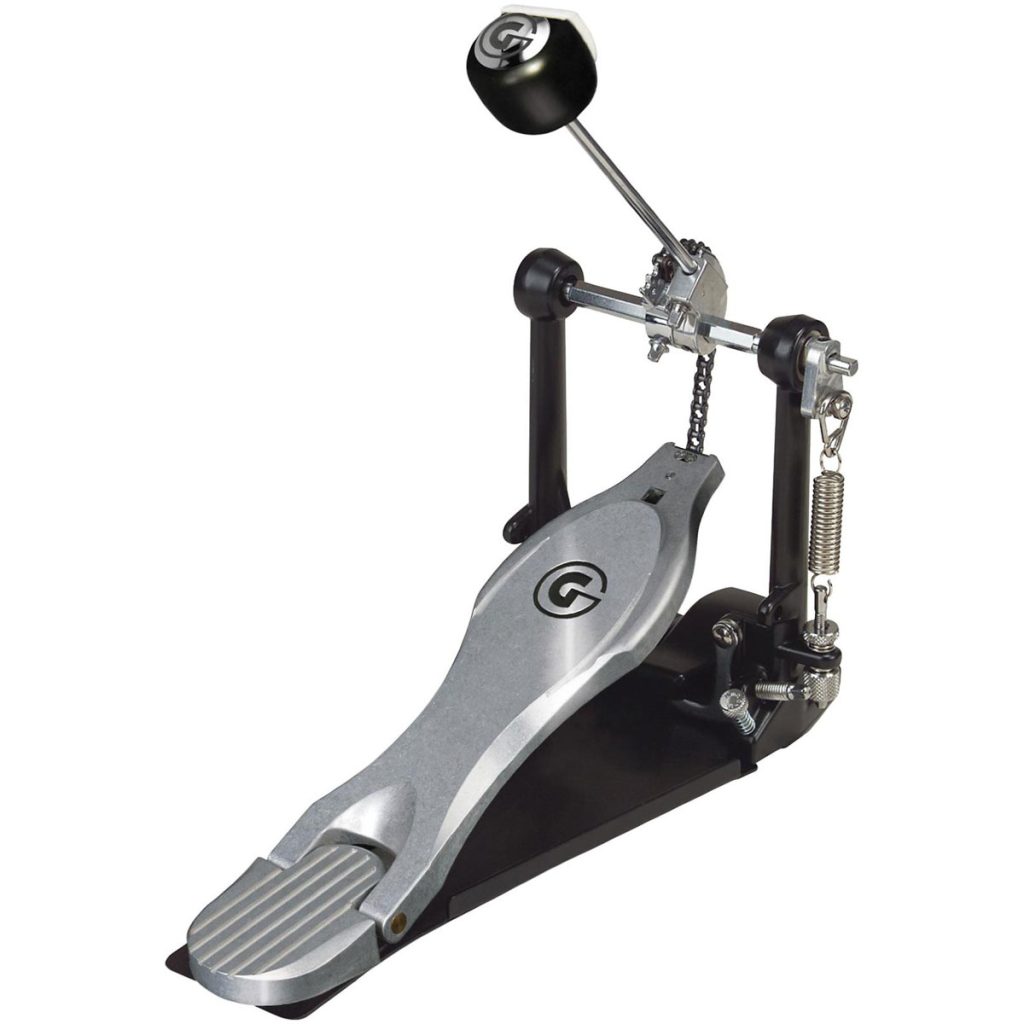
The Gibraltar 5700 Series pedal is one of the more affordable options from Gibraltar, but not the cheapest that they offer. This pedal has a solid base plate for good stability along with spurs to keep it in place. It has a linear cam with a single chain drive. The double sided beater is 90 grams for decent weight and the pedal has a good amount of power during play. The foot board is smooth and can be good for bare foot players. The spring tension can be locked into place. The only feature this pedal is missing for an entry level pedal is the ability to adjust the beater angle, so keep that in mind if that’s something you’d prefer to have.
What To Look For in a Single Bass Drum Pedal
Bass drum pedals from various manufacturers share a lot of similarities but there are some differences to pay attention to that can affect the feel of the pedal or the ability to adjust certain aspects of the pedal.
Chain Drive, Direct Drive and Belt Drive
One of the most visible and obvious features of a bass drum pedal is the type of drive that the pedal is using. Chain drive pedals have a visible chain between the cam and foot board, belt drives use a strap which can be various materials other than a chain, and direct drives use a solid linkage between the cam and foot board.
Chain drives are the most common and they provide a natural feel with good response without being overly rigid. Chains can give a little during the upstroke of a bass drum pedal, which can contribute to a less direct feel between your foot and the beater swing. Single chain pedals can feel a little loose from side to side. Double chain pedals are more stiff from side to side and can provide more stability.
Belt drives are similar in feel to chain drives but depending on the material used for the belt they might feel more or less direct than a chain.
Direct drives have a solid linkage that doesn’t give or slack at all in either direction, and both the downstroke and upstroke of the beater swing feels like it’s connected directly to the movement of your foot.
The type of drive that a drummer will prefer is very personal and subjective in most cases, and if you’re not sure which one you might prefer it’s usually best to start out with a chain drive pedal and then change from there if you feel like you need a more or less direct feel to fit your play style and foot movements.
Cams
The cams are located on the rocker shaft and they connect the chain, belt or direct linkage to the foot board to swing the beater when you move your foot. On a chain or belt drive pedal, the chain/belt usually wraps partially around a circular cam. On direct drive pedals the direct drive linkage is attached to a single point on the cam.
Both a circular chain drive cam and a direct drive cam will feel linear, meaning that the radius of the cam doesn’t change during the movement of the beater. This creates a smooth, consistent beater speed throughout the motion. Some chain and belt drive cams have an offset shape to provide more acceleration as the beater gets closer to the bass drum head.
Foot Boards
Foot boards sizes and shape vary between pedals. Shorter foot boards that attach to a heel plate are common. Long foot boards without a heel plate are also popular but not as common. Longer foot boards can be useful for techniques that incorporate the heel and they can provide better full-foot control. Long boards can also provide better control for drummers with larger feet.
Smoothness of the foot board is also something to watch out for. Some drummers prefer a more tactile surface on the foot board, and some prefer a smooth surface. Drummers who play barefoot or who want to be able to slide their foot around the surface for various techniques will usually prefer a smooth surface on the foot board. Drummers who want to keep their shoes from slipping on a foot board might prefer a more tactile surface.
As far as other foot board features go, some pedals allow you to adjust the foot pedal position forward or backward, or raise and lower the foot pedal height separately from the beater angle.
Other Settings and Features
There are some other common features to look out for. Spring tension locking mechanisms are useful for keeping your spring tension from loosening up while you play. Spurs on the front of the pedal can help keep the pedal in place for aggressive drummers, but this isn’t usually as important if your bass drum stays solidly in place. Adjustable rockers are sometimes used for adjusting the beater angle if the beater doesn’t rotate on the rocker shaft. Beaters are sometimes double sided to provide both a felt surface and hard beater surface option.

